
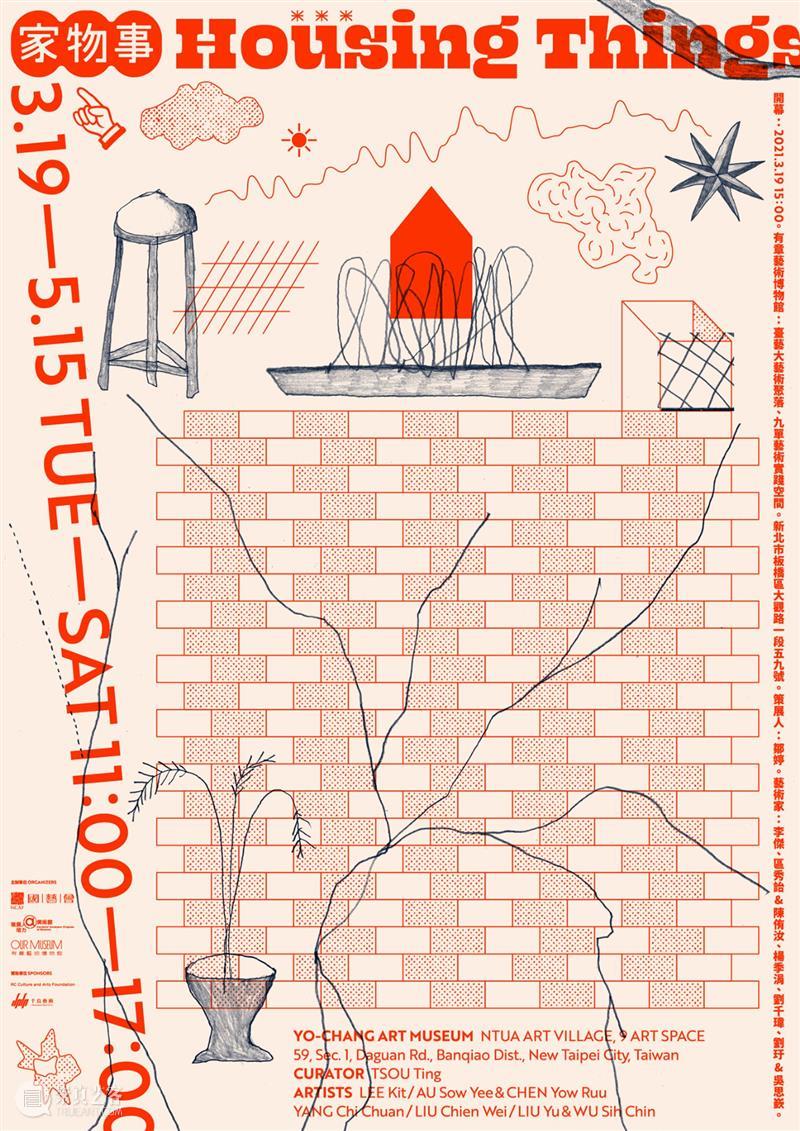
图片由有章艺术博物馆提供
Image courtesy of Yo-Chang Art Museum
正在展出 Current Exhibition
群展 Group Exhibition
“家物事:
一场发生在艺术空间的聚落与实践”
"Housing Things:
Compilations, Gatherings, and Practices Shared in An Art Space"
杨季涓 Yang Chi-Chuan
展期 Duration: 2021.3.19 - 5.15
地址 Address: 国立台湾艺术大学有章艺术博物馆
新北市板桥区大观路一段59号
Yo-Chang Art Museum, NTUA
59, Sec. 1, Daguan Rd., Banqiao Dist., New Taipei City, Taiwan
(Scroll down for English version)
当展览总是一场注定曲终人散的宴席、策展总是一种“待客”与“为主”的技术,好客的情态如何展示?主宾的关系从何架构?那些来自各方(人与非人的)的参与者,又何以在策展情境之中,宾至如归?而这场以艺术空间为家,艺术家、策展人、作品、观众与机构的暂时关系为客的“待客之道”,是否也正考验着创作者留客的技术、反映参与者接收内容的适性,与检验策展作为资讯与知识中介的功能。
在谈论展览如何生产关系、艺术如何走向公众之际,且让我们一同缓行至板桥浮洲的艺术聚落。这片位于台湾艺术大学北侧、全区断续绵延着略高于人身的住宅围墙的“校地”,有着四十多栋新旧参杂的独栋房舍:它们多是五、六十年前由板桥士绅捐地、美援资金起建的华侨中学教职员眷舍。历经半个世纪的人事变迁与产权纠纷,昔日那破旧的、常淹着水、偶有学生入(误)住、故事频传,紧连着台艺大的眷舍群,近年来逐渐撤下围墙、翻新成一栋栋有着抿石子外墙、挂着绿色窗框的“艺术空间”,就地成为隶属于有章艺术博物馆的“九单艺术实践空间”与“台艺大艺术聚落”(旧称:北区艺术聚落)。面对这般特殊的机构纹理,今日于此发生的艺术活动,如何回应昨日的地方历史,与勾勒明日的空间想像?当观者像看房或访友般踏入一栋栋曾为家屋的馆舍,如此反映“家务”的经验,正开启着“家物事:一场发生在艺术空间的聚落与实践”的策展情境。
(左右滑动查看更多 Slide for more)
≡ 杨季涓 Yang Chi-Chuan
黑色沙丘 Black Dunes, 2021
黑色工程沙、陶、釉下彩、色粉
Black sand, clay, underglaze colour, colour powder
尺寸因空间而异 Dimensions variable
展览现场 Installation view
图片由有章艺术博物馆提供
Image courtesy of Yo-Chang Art Museum
由展场周遭的老旧建筑景致为起点,想像过往巷弄居所与生活,透过黑色建筑用沙为基底,重现建筑施作、整修或再搭建的施作状态;巷弄间不经意被遗留的垃圾或生活用品,则以手作陶土再现时光在物件的痕迹。《黑色沙丘》状似童书内的插图,每一样物品代表着每一件被渐渐淡忘的事,也以无声的姿态诉说曾经生活在这里的人和事。
Starting from the view of the old buildings surrounding the exhibition venues, the artist imagined how living in the narrow lanes and alleyways was like in the past, and reproduced a state of construction, renovation, and rebuilding with the use of black sand; the strewn garbage and daily necessities inadvertently left in the lanes and alleyways are reproduced bearing the traces of time with hand-made clay. Black Dunes resembles an illustration in a children's book, with each item representing what will eventually be forgotten, while this work also silently tells the story of the people and things that have once lived there.
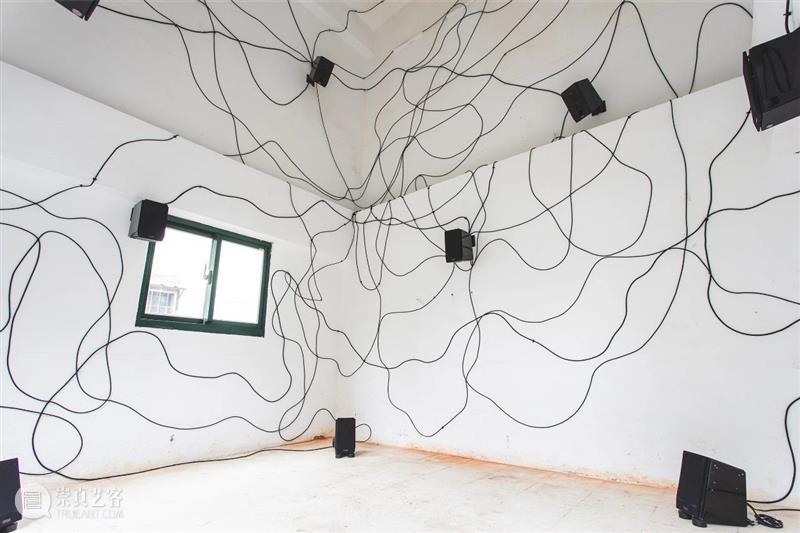
(左右滑动查看更多 Slide for more)
≡ 杨季涓 Yang Chi-Chuan
我是一间小房子 Small House, 2021
10声道声音装置 10-channel sound installatio
尺寸因空间而异 Dimensions variable
声音采集、混音及音场设计:陈珍惠
Sound Collector, Mixed and Acoustic Design: CHEN J-H
声音表演:林㵟芝 Voice Actor: LIN Wei Chih
器材协力:许克玮 Equipment cooperator: Roger Hsu
展场技术:牧晅 Technical Coordination: l’atelier muxuan
展览现场 Installation view
图片由有章艺术博物馆提供
Image courtesy of Yo-Chang Art Museum
由屋内的霉与斑剥做为拟人化想像的参考,将气味及声音假想为屋子的灵魂和意识,展现小房子本身的记忆与知觉。透过与声音工程师合作,共同设计及采集多种声音后混音制作而成 ,从人发出的极轻微触摸声、呵欠、叹息声、或简单字句,到自然界的各式声响,最后以多声道环绕式呈现声音的跳动和洒落,鬼魅般地拟人化房子的脉动和思绪。
Referring to moulds and patches found in the room, the artist took the house’s smell and sound as its soul and mind, reincarnating them into the house’s memory and perception. Working with a sound engineer to collect, design, and mix different kinds of sounds together, the artist then had at hands sounds of people touching things, yawning, sighing, and saying simple words and sentences, or sounds from nature. Eventually, the artist created a multi-channel audio installation which “sprinkles” those sounds on the house’s ground and imitates its pulses and feelings in a ghostly way.
If the exhibition is a temporary banquet and the curatorial is one of hospitality, how can it be achieved to make the human and non-human guests “feel at home”? On what basis can the host-guest relations be built? What is an always-welcoming curatorial situation? In other words, when art spaces become “homes” for the ephemeral relations between artists, curators, works, spectators and institutions, how to show the hospitality and keep the guests' interest in taking in the exhibiting content is not only a challenge to the artistic skills but also a check of the curatorial function of mediating information and knowledge.
In the discussion about how exhibitions host relations and how visual art approaches the public, the art village affiliated to Yo-Chang Art Museum in Fuzhou, Banqiao and managed by the National Taiwan University of Arts (NTUA), could bring us to a special situation. Located in the north of the NTUA, the village, a part of the “campus”, is surrounded by walls that are a bit taller than people. It accommodates more than forty buildings, old and new, and most of them were the National Overseas Chinese Experimental Senior High School’s faculty housing, which received the U.S. aid to build on lands donated by local gentry five or six decades ago. After 50 years’ disputes over the ownership, these ragged, frequently-flooded buildings, adjacent to the NTUA and occasionally taken up by students, are now turned into renovated “art spaces” decorated with close lightly pebbles and green window frames. With the dilapidated walls gradually being knocked down, these art spaces are now known as the 9 Art Practice Space and the NTUA Art Village (or its old name, Northern Campus). With such kind of unique building history, how do today’s art events echo yesterday’s local history, and shape the future of the space? When visitors get into these old residences as if they were taking a house tour, their visiting of Housing Things: Compilations, Gatherings, and Practices Shared in An Art Space is not only a temporary gathering of various public and private relationships but also a series of household activities that belong to, but are not limited to, the field of visual art.
- Text from Yo-Chang Art Museum
🔗 Watch ARTOUCH interview with Chou Yu-Cheng and Yang Chi-Chuan
艺术家简介 About the artist
杨季涓1985年出生于台北,现居住工作于台北。杨季涓将记忆做为知识来源与媒介,探索在人们、地方、物件、事件之间的种种关系,赋予物质或非物质的形式来载动其感性和叙事表达。她经常采用说故事的方式在她的雕塑或空间装置里,创造出一种温暖质地的时间量体、一个轻巧的入口,穿透展开在生活、家庭、政治、都市环境、文化肌理等各种向度的问题。
她近年来举办的个展包括德国柏林Künstlerhaus Bethanien“Plastonki”(2020)、台北国际艺术村“短篇集:风和日丽”(2017)、咩事艺术空间“Tick-Tock”(2017)、朱铭美术馆“短篇集:从夜晚10点到清晨5点”(2017)等。获奖经历:2018三亚艺术季华宇青年奖入围、2017台北美术奖入选。
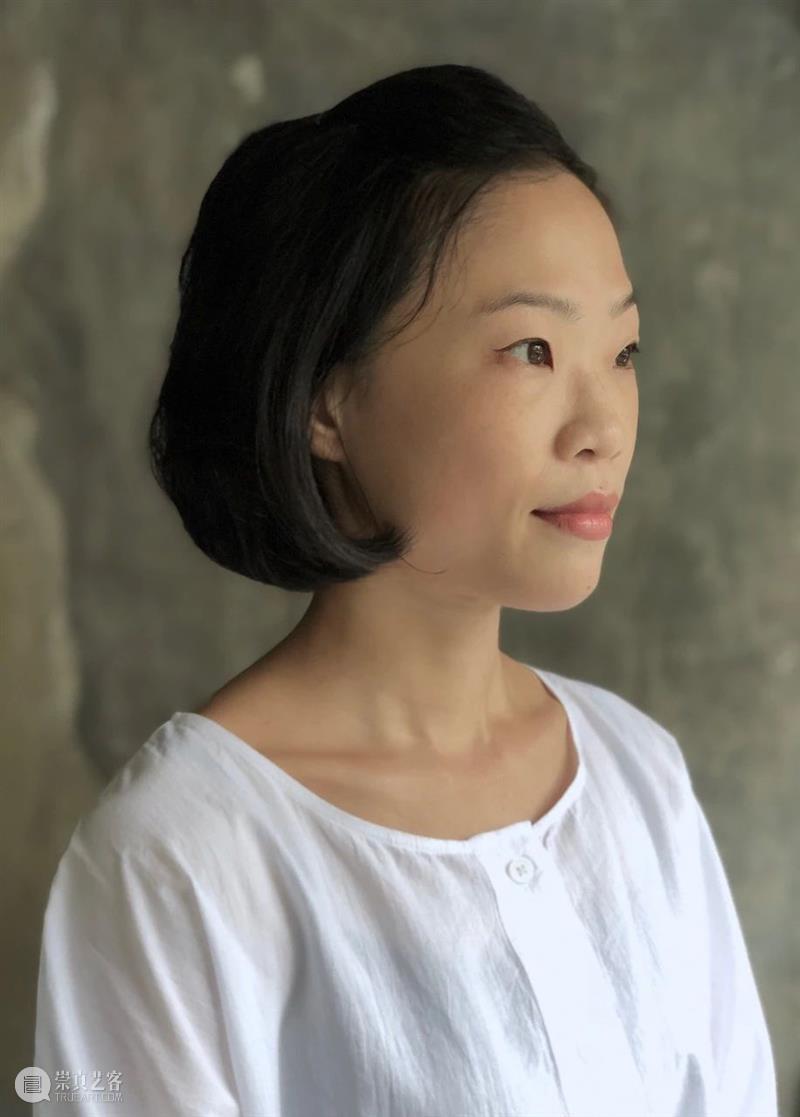
图片由艺术家和马凌画廊提供
Image courtesy of the artist
and Edouard Malingue Gallery
Yang Chi-Chuan (b. 1985) explores memory as a source of knowledge and agent to mediate relations among people, places, objects and events, giving it material or immaterial form to carry her sensitivity and narratives. Yang often employs storytelling to create a warm duration in her sculpture or installation that embodies a subtle access to a wide range of questions in life, around family, politics, urban environment and various cultural fabrics.
Yang’s recent solo exhibitions include: Plastonki, Künstlerhaus Bethanien, Germany (2020); Have a Good Day, Taipei Artist Village (2017); Tick-Tock, Things That Can Happen in Hong Kong (2017); Essays During the Night, Juming Museum (2017). She is the Finalist in 2018 Art Sanya Huayu Youth Award, China and 2017 Taipei Arts Award.






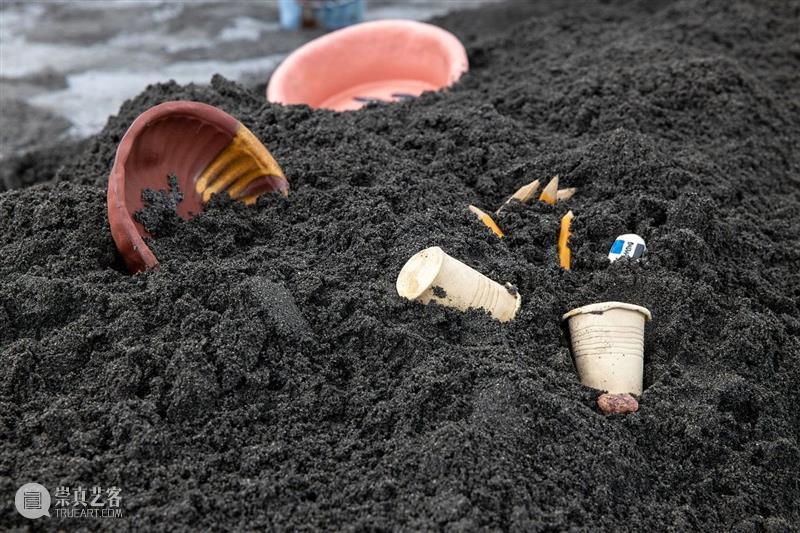
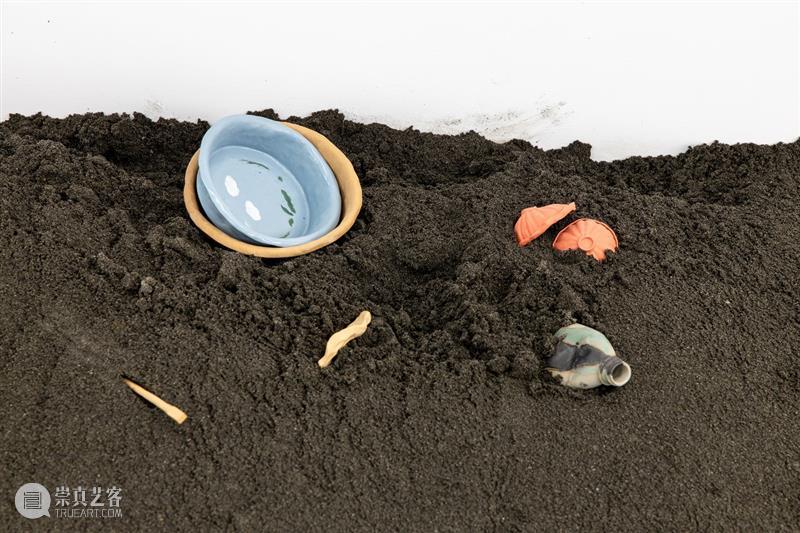










 分享
分享